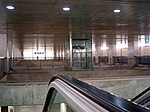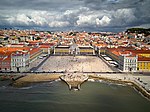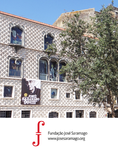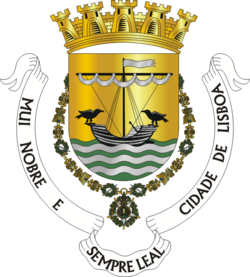Assassination of Sidónio Pais
1910s murders in Portugal1918 crimes in Portugal1918 in Portugal1918 murders in Europe20th century in Lisbon ... and 4 more
All Wikipedia neutral point of view disputesAssassinations in PortugalDecember 1918 eventsWikipedia neutral point of view disputes from January 2022

The 4th President of Portugal, Sidónio Pais, was shot and fatally wounded at the Lisboa-Rossio Railway Station in Lisbon, Portugal on 14 December 1918. The act was carried out by the left-wing political activist José Júlio da Costa.
Excerpt from the Wikipedia article Assassination of Sidónio Pais (License: CC BY-SA 3.0, Authors, Images).Assassination of Sidónio Pais
Lisbon Santa Maria Maior (Santa Maria Maior)
Geographical coordinates (GPS) Address Nearby Places Show on map
Geographical coordinates (GPS)
| Latitude | Longitude |
|---|---|
| N 38.7 ° | E -9.1333333333333 ° |
Address
Madalena
1149-009 Lisbon, Santa Maria Maior (Santa Maria Maior)
Portugal
Open on Google Maps









